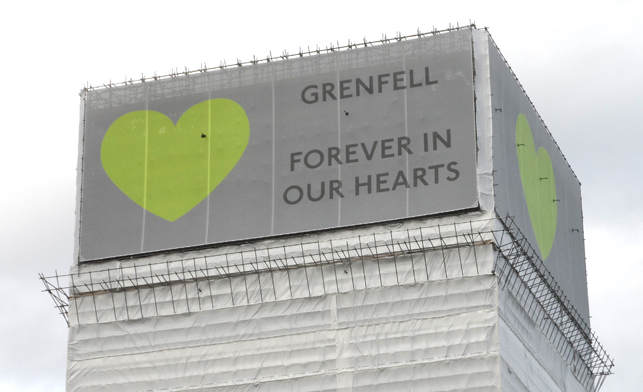The Fire Safety Bill has passed its second reading in Parliament but not without bringing the fears of multi-occupancy residents back to the centre of the housing safety conversation.
The bill seeks to amend the Regulatory Reform (Fire Safety) Order 2005, to clarify which parts of buildings are covered by requirements to manage and reduce the risk of fire by responsible owners. Whilst the bill makes necessary changes to fire safety law, it does not go far enough to meet the Government’s pledge to prevent another Grenfell Tower tragedy.
The Housing, Communities and Local Government Committee has published the findings of a survey into the progress of remediation work to improve fire safety in residential buildings.
The survey found residents continue to face bills of thousands of pounds for remedial or safety measures for a range of issues including combustible cladding, inadequate fire breaks and timber balconies or walkways. It also found that out of 1,352 respondents, 70% said they still had combustible cladding on their building.
Residents of multi-occupancy households have called on the Government to go further in its efforts to improve fire safety. Further to the £1 billion Building Safety Fund announced in the 2020 Spring Budget, residents have called for a pledge to ensure that all forms of dangerous cladding be removed and other safety defects dealt with.
During the 2nd reading of the Fire Safety Bill, I raised concerns of a constituent who had expressed fears to me regarding a tower block in a neighbouring constituency that was covered in combustible cladding which the landlord was refusing to remove.
The survey conducted by the HCLG committee has given us an insight into the reality of the fear thousands of people face across the country following the Grenfell Tragedy. As we have seen in the previous three years, where a loophole exists some will exploit it, despite the risk posed to residents.
One respondent to the survey said:
“I have highly flammable insulation, missing fire breaks, missing compartmentation, poorly fitted fire protection to the structural steel and poorly fitted fire doors. I fear for my life on a daily basis.”
As many raised during the Fire Safety Bill debate, the Government needs to do much more to ensure the safety of residents in multi-occupancy residences. Like many colleagues pointed out in the debate, the Grenfell Tower tragedy was one that should have been avoided.
As part of my role on the HCLG I will be continuing to hold the Government and industry to account over its failings to support residents in feeling safe in their own homes, so that we never have to experience such a devastating and preventable loss of life again.


2 replies on “Fire safety still a major concern for residents three years after Grenfell tragedy”
Well done Abena for keeping the spotlight in this issue. So many people still live in fear in flats since Grenell. Almost 3years on….in all tenures. Keep up the good work
The House of Commons Select Committee on Housing is doing some excellent work on holding the Government to account on its shambolic fire safety policy. I have been listening to the cladding campaigners give evidence to the Committee this afternoon.Their evidence was very worrying indeed. Leaseholders in one block in Leeds are paying £800 per month to cover their waking watch. This is more than their monthly mortgage .Flats cannot be sold in unsafe buildings. Insurance costs have rocketed. No doubt the Committee will produce a highly critical report.
I would like to see the new Labour Leadership make this campaign a priority issue. Guidance should be sent to all local labour parties about offering political and practical support to all residents living in unsafe blocks. Public health England should be encouraged to provide mental health support to such residents.